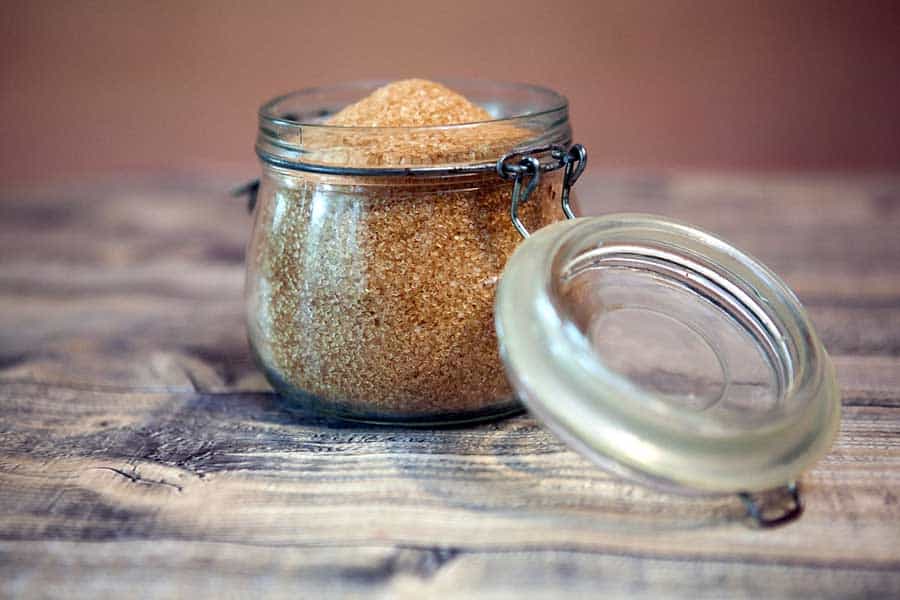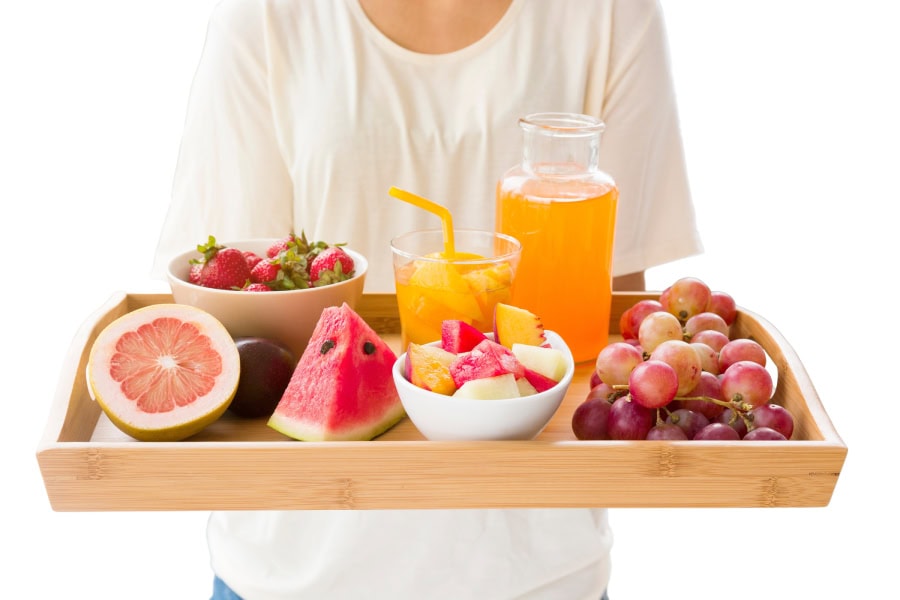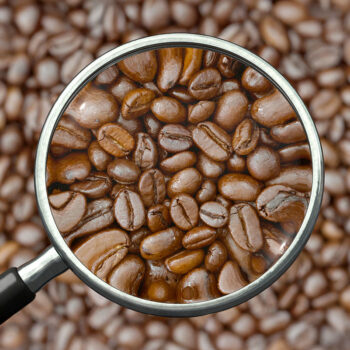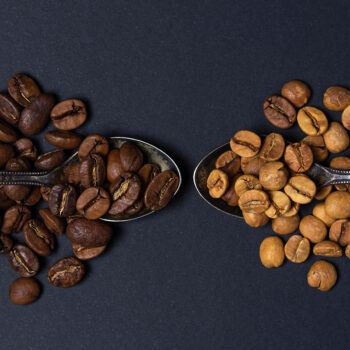Sugar in the Raw
Sugar in the raw as a brand contains the same stuff granulated sugar is: sucrose. But the key difference between regular granulated sugar and sugar in the raw is that while both have refined sugar, sugar in the raw has some molasses left over from the refinement process. Molasses has a unique flavor, and is technically the term for the thin syrupy layer left over after water is used to extract the sugar from sugar cane or sugar beets.
Sugar in the raw mainly benefits from good marketing to achieve its healthy image.
Brown sugar still contains almost 96% sucrose (vs nearly 100% for white sugar), so the benefits of molasses are only something to slightly consider in the mix. Molasses does contain amounts of potassium, magnesium and calcium all the same, 3 things many Americans are deficient from. For the most part, sugar in the raw mainly benefits from good marketing to achieve it’s healthy image. But even though it isn’t necessarily healthier than sugar, it at least isn’t any more unhealthy. So while some sweeteners have the potential to have a host of negative side effects, at least with sugar in the raw you know it is not going to be any worse, and has the potential to actually be slightly better.
Splenda
While pure sugar is sucrose, Splenda’s key chemical component is sucralose. Splenda’s marketing has always positioned it as having a lower caloric content than sugar, which is true. But what is not true is that it is a zero-calorie alternative. It in fact contains about ⅓ the calories of sugar itself per serving size. Splenda is also sweeter than sugar, meaning that a lot of what is in the packet is low calorie fluffing agents, which give it it’s white and fluffy appearance.
Splenda is unique for its ability to withstand heat in a similar way to sugar.
So while it is true sucralose is low to no calories, what actually comes in a Splenda packet has dextrose, which while not being unhealthy, has a couple calories (only a few though, about 3-4). It is also unique for its ability to withstand heat in a similar way to sugar. This property makes it perfect for use in baking as well as high-temperature drinks like coffee. There have been claims that sucralose may have negative health effects, but tests have shown that the sweetener is not carcinogenic. The current evidence suggests that it does not have much of a negative health effect at all.
Sugar Alcohols
Xylitol, Mannitol, Sorbitol are all used as sugar alcohols. When people talk about sugar free foods having certain… negative health effects to go with their positive ones, this is what they meant. These are the sugar alternatives that have been known to occasionally cause gastrointestinal distress, and potentially bloating as well. But it at least does not cause tooth decay in the same way that normal sugar does. And though they have 10 calories per teaspoon, only half make their way into the body’s metabolism. This is the product normally used when food is marketed as sugar free, and is better for diabetics, at least in small amounts. As with anything sweet, moderation is key.
Hopefully now you have a better idea of the different types of sweeteners, what goes into them, how they taste, and their effects and benefits. And hopefully with this, you can make the best decision for you on what to put in your coffee next time you are sweetening your drink!

